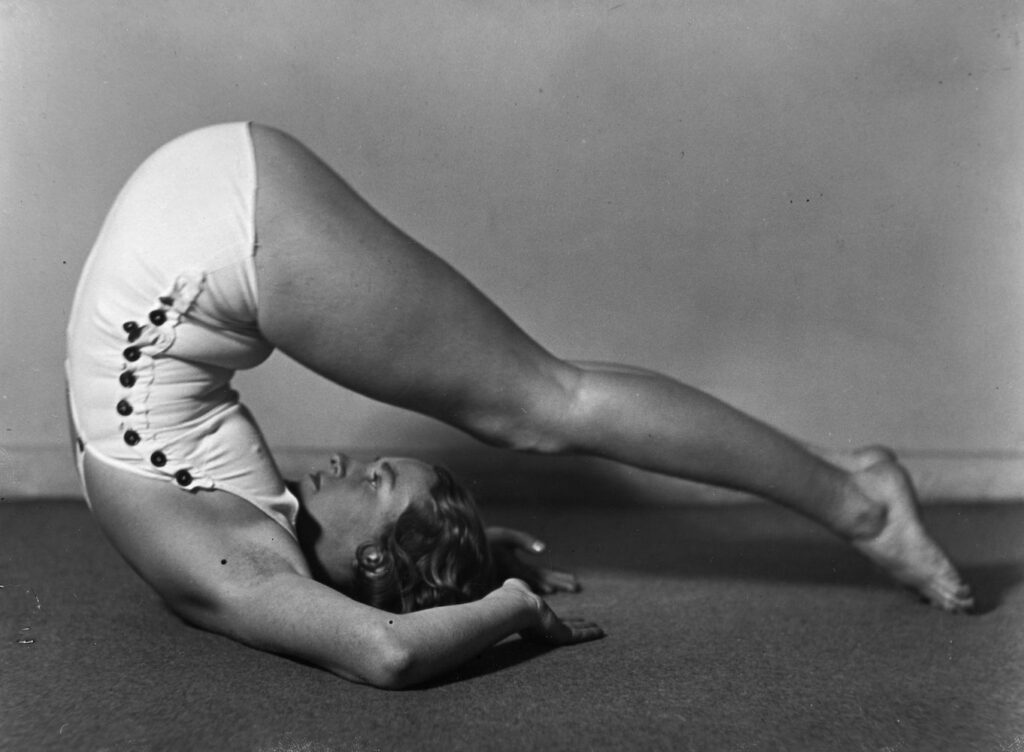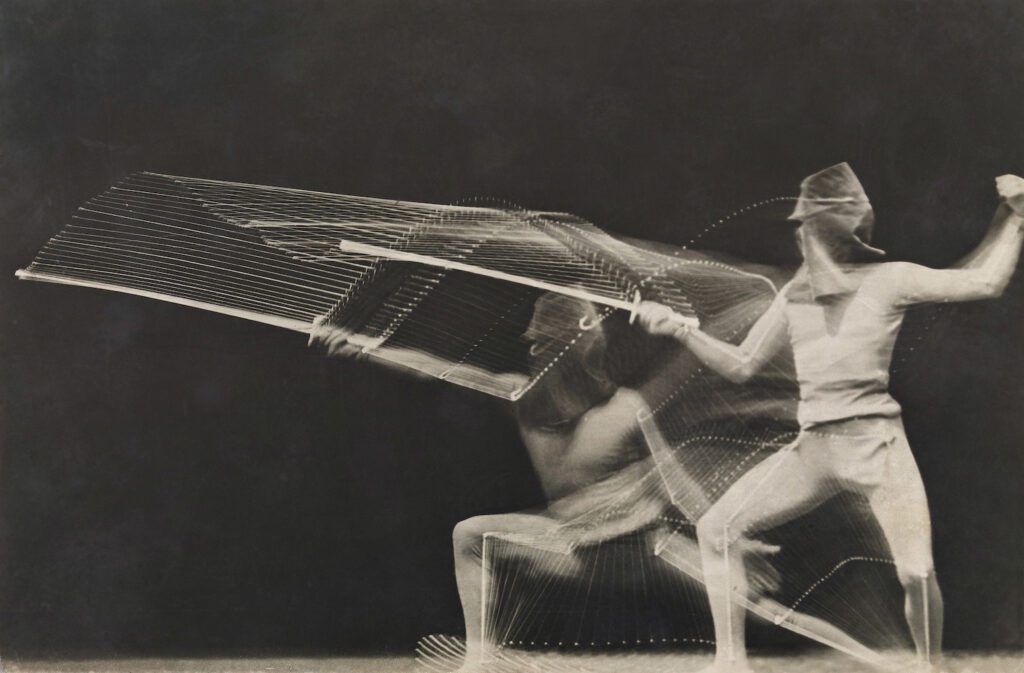
Get ready as Paris gears up to host the XXXIII edition of the Olympic Games from Friday, July 26 to Sunday, August 11, 2024. Scala Archives is celebrating this global event with a captivating visual journey through the artistic representation of sports.
The ancient world is brimming with captivating artistic portrayals of sports and physical prowess.
Athletes, the ultimate icons, are depicted as idealized symbols of strength and virtue. Even before the Olympic Games (776 BC – 393 AD), we encounter remarkable statuesque representations of boxers, wrestlers, and athletes.
The tomb of the Olympiads of Tarquinia (530-520 BC) showcases a diverse range of ancient sports, including running, long jump, discus throwing, boxing, and chariot racing. Similarly, the mosaics of Villa Romana del Casale in Piazza Armerina (IV century AD) offer glimpses of women participating in the world of sports.
Every era has their own signature sports: For instance, in the Middle Ages, depictions of duels, tournaments, and jousts were common.
Meanwhile, in the Renaissance era, hunting and ball games, along with disciplines associated with war such as fencing and horseback riding, gained popularity.
Tennis, la cui storia viene fatta risalire al XII-XIII secolo in Francia. In principio il tennis veniva giocato senza racchet, a sport with roots dating back to the twelfth and thirteenth centuries in France, has stood the test of time up until today (link Dinamico). Initially played without rackets but with a ball, it was a game of skill and strategy between two players, or teams, set in outdoor courts divided by a line. The jeu de paume (palm game) thrived during the sixteenth and seventeenth centuries in France, leaving its mark on history through various paintings. Notably, the iconic “Tennis Court Oath” on June 20, 1789, pivotal moment preceding the French Revolution, was signed in a Tennis Court.
In the late 19th century, a thrilling collision of sport and art took center stage, captivating the artistic world and inspiring a wave of creativity. Sport became the muse of many artists, leading to a fascinating exploration of the world through diverse artistic techniques and languages.
This dynamic fusion of sport and art played a pivotal role in shaping modern society, fueled by the monumental discovery of ancient Greek artifacts and the historic birth of the modern Olympics on April 6, 1896, under the patronage of King George of Greece. Simultaneously, the rise of culture and popularity of sports further solidified its significance as a fundamental element of the era.
The French Impressionists, captivated by the beauty of everyday life, found themselves drawn to the world of sporting events.
Gustave Caillebotte and Auguste Renoir created numerous works portraying the popular sport of rowing. Meanwhile, American artists like Winslow Homer focused on more aristocratic sports such as cricket and horse riding. The theme of running, whether on horseback or by bicycle, captivated the eclectic artist Henri Toulouse-Lautrec.
Boccioni and Delaunay’s Dynamicity
As the twentieth century began, artists were captivated by the thrill of “mechanical” sports, particularly those fascinated by movement and speed. Whether it was bicycles or cars, the act of traveling via various means of transport became a captivating subject of studies to comprehend of how the human body transforms in space through motion.
The Dynamism of a Footballer and the Dynamism of a Cyclist, both created in 1913, serve both as example for the study of Futurism and Umberto Boccioni.
At the same time, the 1924 Paris Olympics shone a spotlight on a new era of sports, as we can observe while delving into the works of Robert Delaunay. From 1924 to 1926, he produced 8 paintings dedicated to races, specifically focusing on the runners. Running emerged as a modern theme, and the artist captured its dynamism through intersecting lines and volumes, playing with primary and complementary colours.
To better illustrate the profound connection between sports and art, we’ve identified 6 disciplines – the same ones featured in the inaugural modern Olympics in 1896 – and for each, we present a curated collection of images from Scala Archives.


Scala Archives offers a diverse range of content, including documentation of historical Olympic events from the twentieth century. This includes the 1936 Berlin Olympic Games and the 1960 Rome Olympic Games
If you are interested in delving deeper into the search for content on this topic, feel free to reach out to our team of researchers. They can assist you in locating new images or footage and determining the most suitable license for your project.
***
In the cover: Robert Delaunay, The Runners, 1924. Musée d’Art Moderne, Troyes, France – DA87721